Students were no longer satisfied with the 1979 Student Recreation Center, and the facility was not shown to prospective students during campus tours because of how it would have been compared to other university recreation facilities.
As a result, the Department of Recreation and Wellness determined that the facility needed to be renovated. The process was set in motion in October 2010 when the Department reached out to The Collaborative Inc., an architecture group in Toledo, Ohio to create a feasibility study.
The Board of Trustees approved the design and pre-construction plans in June of 2012, and on February 22, 2013, the Board approved the final design and construction plans. A budget of $13.4 million was also approved, which was later increased to about $14.8 million. The additional funds covered enhancements to the multi-activity court, a parking lot expansion, the addition of an outdoor volleyball court and 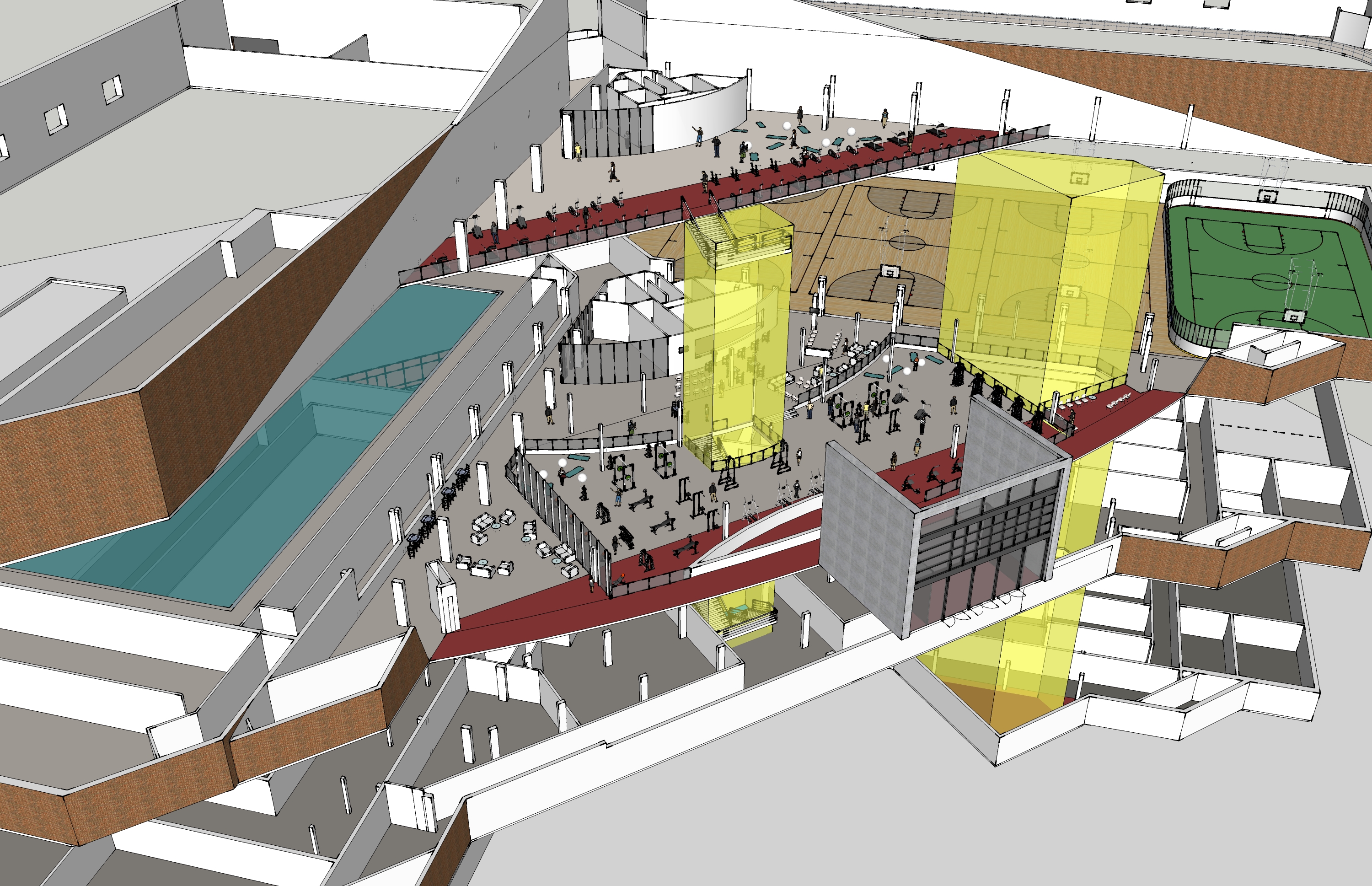 patio area, expanded locker rooms, other design enhancements to the building as well as roof repairs, electrical updates, and upgrades to the HVAC system. $650,000 was also allocated to new weight/strength equipment and cardio machines. According to Dr. Steve Kampf, director of the Recreation and Wellness, the overall project ended up costing $17 million. Project funding was provided by a combination of future long-term debt issue, existing student general fee facility reserves, and from funds originally allocated to constructing the new Falcon Health Center.
patio area, expanded locker rooms, other design enhancements to the building as well as roof repairs, electrical updates, and upgrades to the HVAC system. $650,000 was also allocated to new weight/strength equipment and cardio machines. According to Dr. Steve Kampf, director of the Recreation and Wellness, the overall project ended up costing $17 million. Project funding was provided by a combination of future long-term debt issue, existing student general fee facility reserves, and from funds originally allocated to constructing the new Falcon Health Center.
Gilbane Building Company was hired as the general contractor, and construction began in August of 2013. During the next eight months the SRC remained open with limited operation. The facility was only closed to the public from April 13, 2014 until its completion in August. During this time, the weight/strength equipment and cardio machines were moved temporarily to the Perry Field House track room, and the group exercise fitness classes were also held in the Perry Field House.
The renovated Student Recreation Center featured many improvements demanded by students, faculty, and community members. The main focuses of the project were updated equipment, space, recruitment, and branding for the new facility. Highlights of the newly renovated Student Recreation Center project included:
• Complete refacing of the building entrance creating a modern look and feel and increasing the natural lighting
• Centralized entry point with an open concept taking advantage of natural light and LED fixtures purchased through partnerships with the Office of Campus Sustainability
• New central staircase leading directly to the balcony, main level, and locker rooms on lower level I
• Expanded main entry and balcony spaces with new flooring
• Purchase of new weight and cardio equipment totaling $650,000 in response to student/member feedback
• Increased air circulation with the installation of large scale Big Ass Fans® throughout the building
• Member validation, membership sales (including locker rentals and Group Exercise passes), and equipment checkout all take place at the new, centralized welcome desk
• Finger vein readers installed at the welcome desk to validate membership
• Complete renovation of the locker rooms with new lockers, saunas, and private locker rooms
• Water refill stations located throughout the facility
• Numerous TV’s and various FourWinds monitors installed throughout the facility
• New furniture
• Lower Level I offices
• Multi-Activity Court (MAC) on activity court 4
• Running track
• Racquetball/squash courts
• New parking lot behind the building
• Exterior patio and sand volleyball court
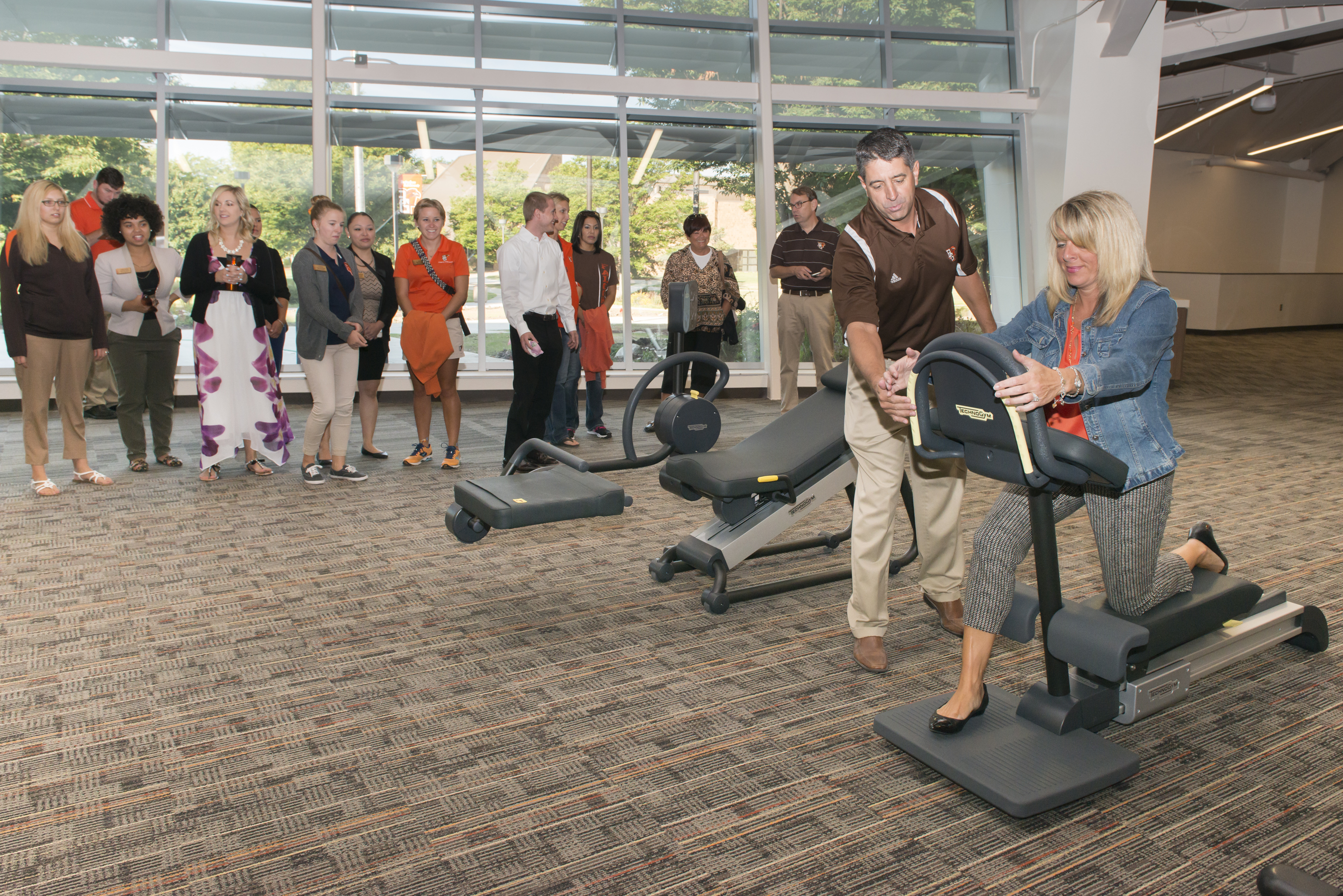 The SRC reopened on August 24, 2014 with the number of attendees increasing over the course of the year from August 2014 to 2015. Attendance improved by 101% with 12,761 users in 2014 and 25,623 users in 2015.
The SRC reopened on August 24, 2014 with the number of attendees increasing over the course of the year from August 2014 to 2015. Attendance improved by 101% with 12,761 users in 2014 and 25,623 users in 2015.
A ribbon cutting ceremony celebrating the new facility was postponed until the Spring 2015 semester because the MAC court, patio and parking lot were not completed in time for the re-opening in August. Once the final renovations were completed, the facility was not only the first student funded, stand-alone recreation center in the country, but also the newest student recreation center in Ohio.


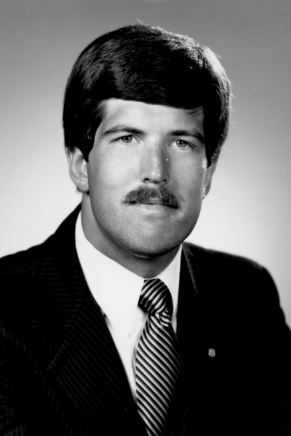 mittee formed by Wilcox, University President Hollis A. Moore appointed a group in May, 1973 to study campus recreation needs. The group recommended the construction of an indoor facility as a long range project due to limited funding.
mittee formed by Wilcox, University President Hollis A. Moore appointed a group in May, 1973 to study campus recreation needs. The group recommended the construction of an indoor facility as a long range project due to limited funding.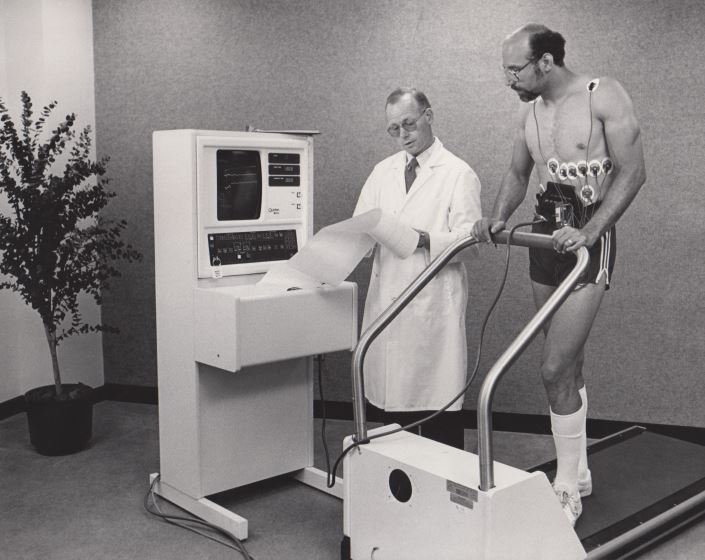
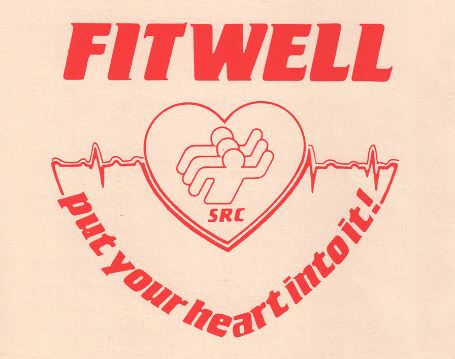
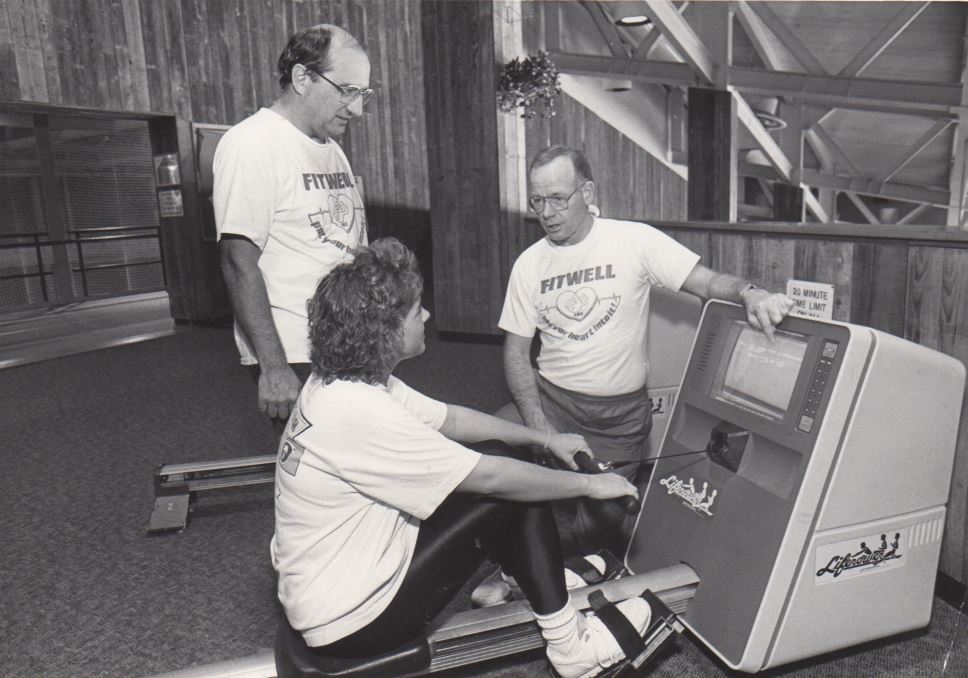 director, described the program as a semi-supervised exercise program aiming towards improving an individual’s overall health. The program was based on pre and post tests. The Senior Fit for Hire program was also developed in the 90’s and promoted the health and fitness or senior students who would soon be joining the workforce. In this program, students were provided with a certificate stating that the individual was “concerned about fitness and interested in their health.”
director, described the program as a semi-supervised exercise program aiming towards improving an individual’s overall health. The program was based on pre and post tests. The Senior Fit for Hire program was also developed in the 90’s and promoted the health and fitness or senior students who would soon be joining the workforce. In this program, students were provided with a certificate stating that the individual was “concerned about fitness and interested in their health.”
 patio area, expanded locker rooms, other design enhancements to the building as well as roof repairs, electrical updates, and upgrades to the HVAC system. $650,000 was also allocated to new weight/strength equipment and cardio machines. According to Dr. Steve Kampf, director of the Recreation and Wellness, the overall project ended up costing $17 million. Project funding was provided by a combination of future long-term debt issue, existing student general fee facility reserves, and from funds originally allocated to constructing the new Falcon Health Center.
patio area, expanded locker rooms, other design enhancements to the building as well as roof repairs, electrical updates, and upgrades to the HVAC system. $650,000 was also allocated to new weight/strength equipment and cardio machines. According to Dr. Steve Kampf, director of the Recreation and Wellness, the overall project ended up costing $17 million. Project funding was provided by a combination of future long-term debt issue, existing student general fee facility reserves, and from funds originally allocated to constructing the new Falcon Health Center.